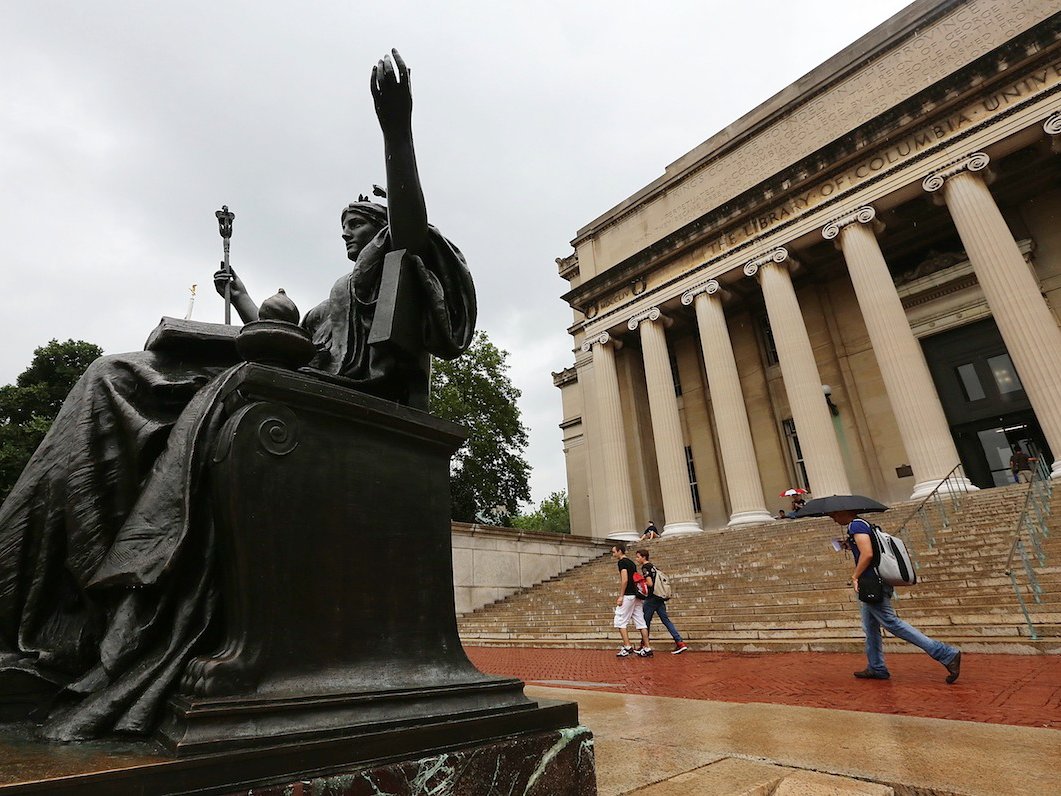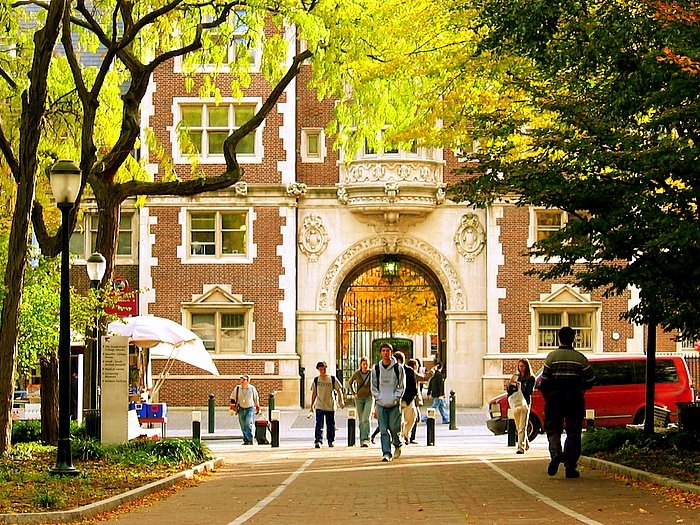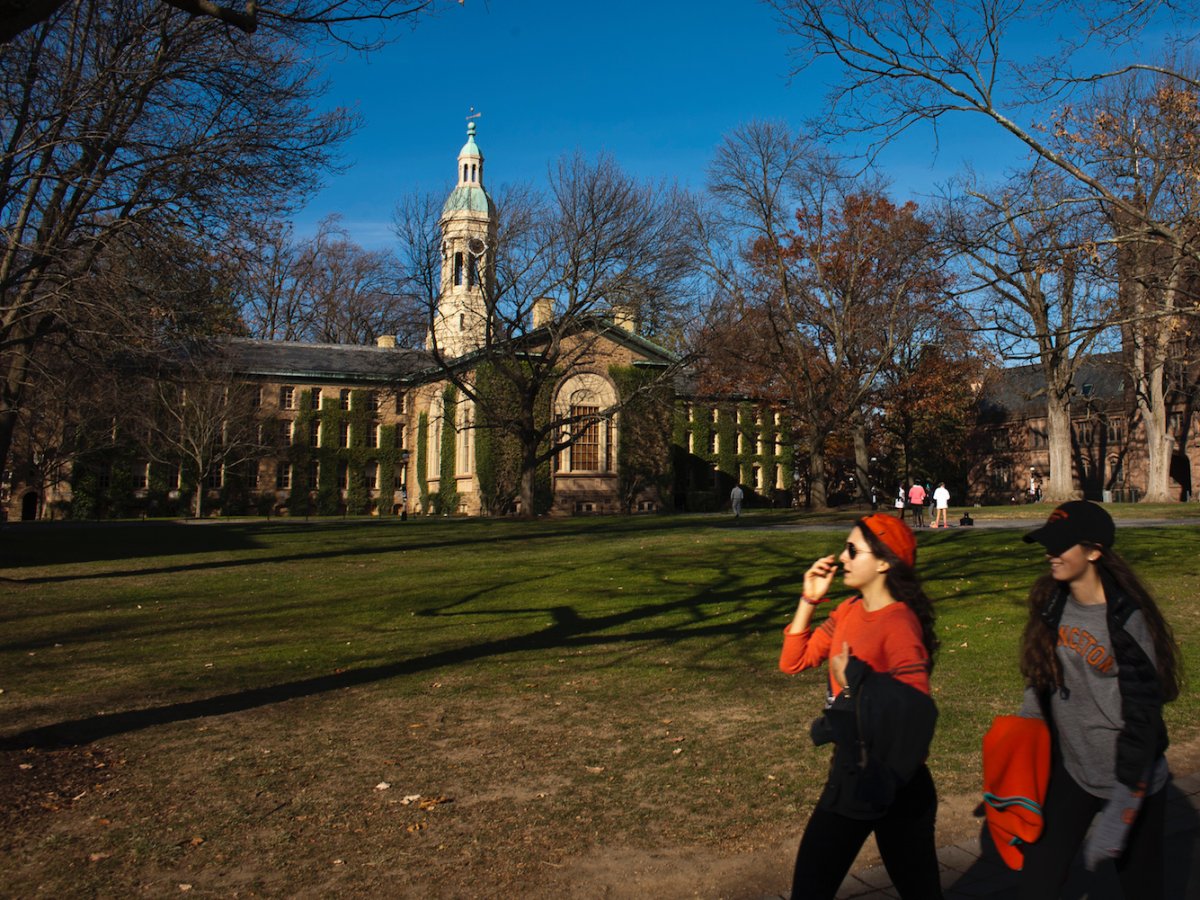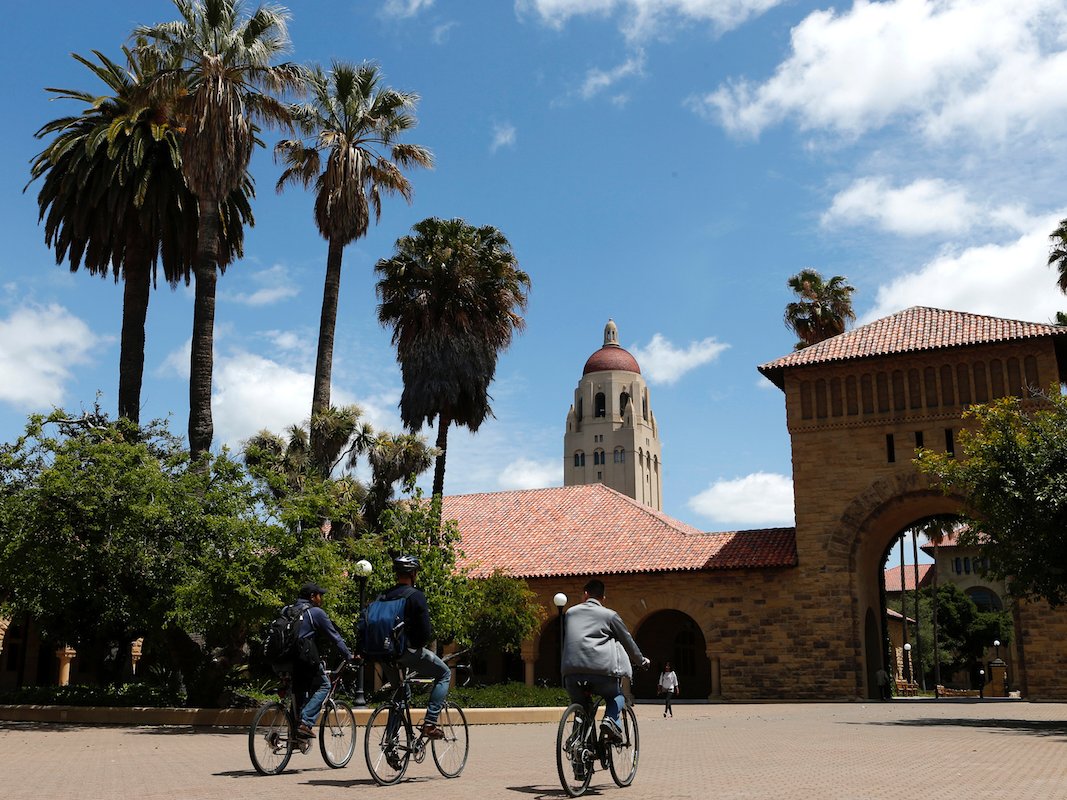 Most Ivy League schools offer free tuition for families who earn less than $60,000 a year.Bi Graphics/GettyCollege acceptance letters to Ivy League schools will be sent to many high-school seniors Thursday at 5 p.m., and students will have to select schools based on a number of different factors, including fit, program quality, and financial aid packages.
Most Ivy League schools offer free tuition for families who earn less than $60,000 a year.Bi Graphics/GettyCollege acceptance letters to Ivy League schools will be sent to many high-school seniors Thursday at 5 p.m., and students will have to select schools based on a number of different factors, including fit, program quality, and financial aid packages.
While comfort level and college prestige are quite subjective, financial aid packages are an objective measure that students can assess if they are having a difficult time picking their top choice.
Financial aid decisions are, of course, determined exclusively by each respective financial aid office, and students should note that free tuition and no family contribution toward the cost of education are two separate things.
While free tuition cutoffs are highlighted on school websites, that typically means families still must pay room and board costs.
Below are the financial aid offerings that the eight Ivy-League schools and Stanford provide to students on their financial aid websites.
Brown University
Families with total parental earnings lower than $60,000 and assets less than $100,000 are not required to make a parental contribution toward the cost of education at Brown.
Columbia University
Mario Tama / Getty Images For students coming from families with calculated total incomes of less than $60,000 annually and typical assets, parents are not expected to contribute to the cost of attendance. For students coming from families with calculated total incomes between $60,000 and $100,000 annually, Columbia offers a reduced parent contribution.
Cornell University
Families with total parent earnings less than $60,000 and assets of less than $100,000 are not required to make a parental contribution toward the cost of education for students attending Cornell.
Dartmouth College
Wikimedia Commons / Kane5187 Free tuition is offered at Dartmouth for students coming from families making less than $100,000 and possessing typical assets.
Harvard University
Students from families with incomes below $65,000 are not expected to contribute toward the cost of attending Harvard College. Families with incomes between $65,000 and $150,000 will contribute from 0% to 10% of income, depending on individual circumstances, and families with incomes above $150,000 are expected to pay proportionately more than 10%, based on their individual circumstances. Families at all income levels who have significant assets must pay more than families with less assets.
The University of Pennsylvania
Students from families with incomes below $40,000 will generally pay nothing toward the cost of attending UPenn, including tuition, room and board. Students coming from families with income below $70,000 will generally receive full tuition and room. Most students whose parents make less than $180,000 receive some type of financial aid.
Princeton University
Students from families with incomes $140,000 or less will have free tuition at Princeton. Families that make $65,000 also qualify for free room and board.
Stanford University
For parents with incomes of $125,000 or less and typical assets for that income, the expected parental contribution at Stanford is low enough that need-based scholarships, federal and state grants, and outside scholarship funds covers all of tuition.
Stanford expects no contribution towards educational costs from parents with annual incomes below $65,000.
Yale University
Christopher Capozziello/Getty Images Families with income less than $65,000 with typical assets are not expected to make any financial contribution towards their child’s education for attendance at Yale. Families earning between $65,000 and $200,000 will contribute a percentage of their yearly income, on a sliding scale that begins at 1% just above $65,000 and moves toward 20% at the $200,000 level.
If you have something to share about your college admissions experience email [email protected]














